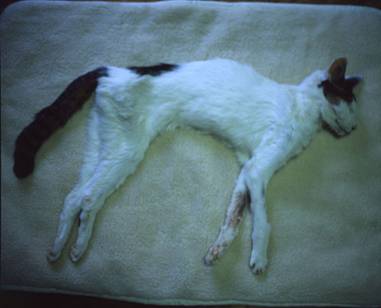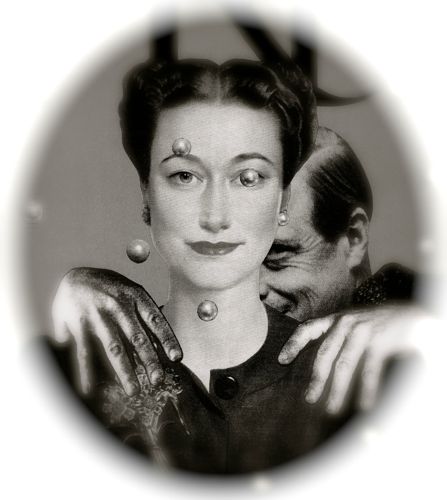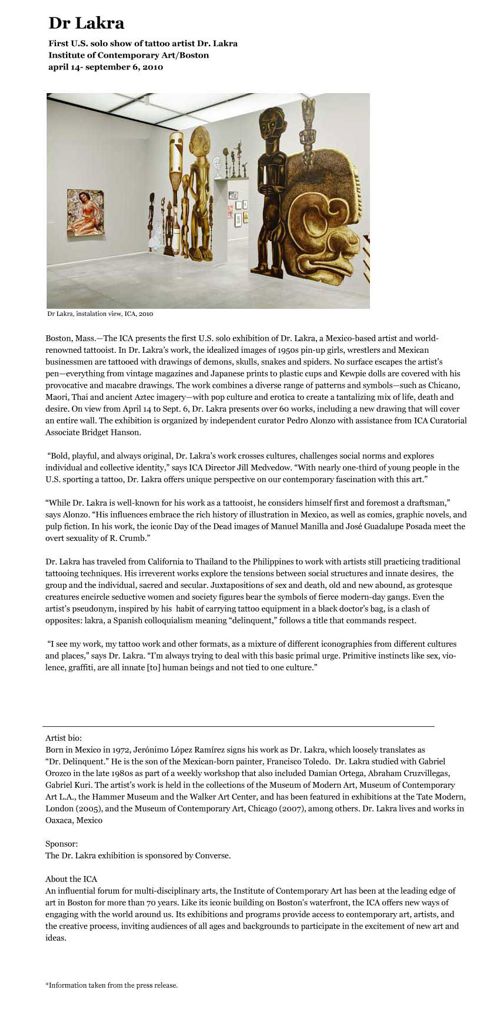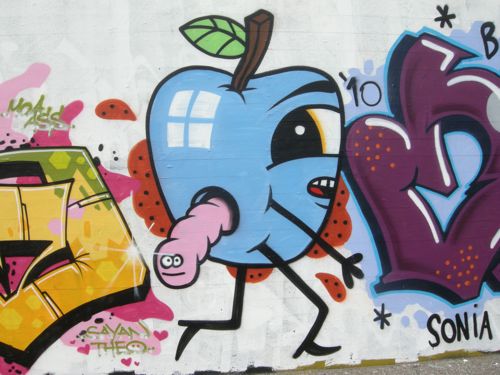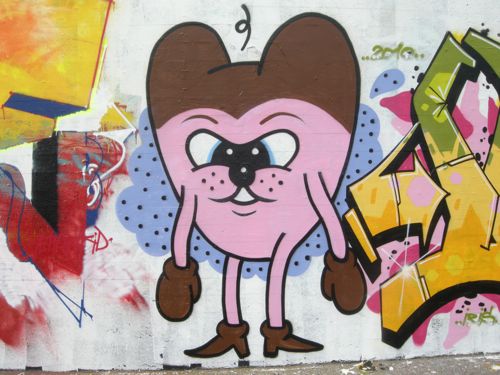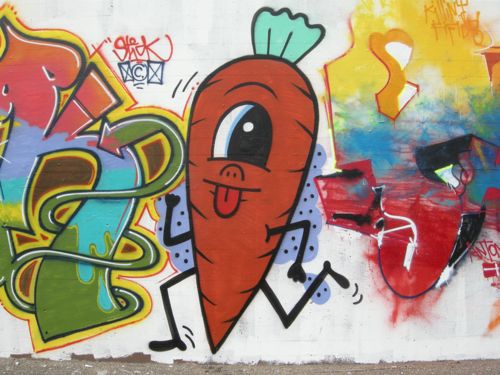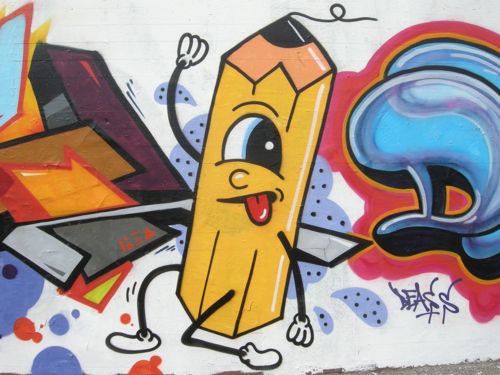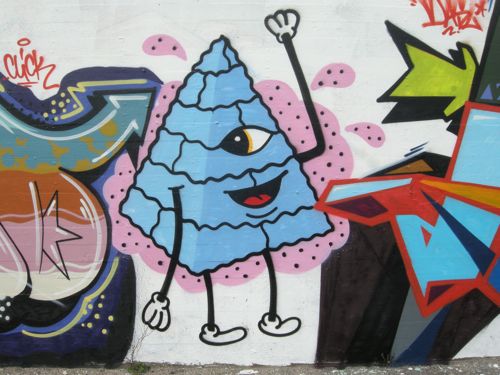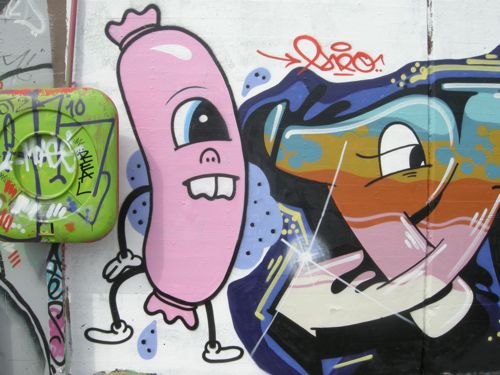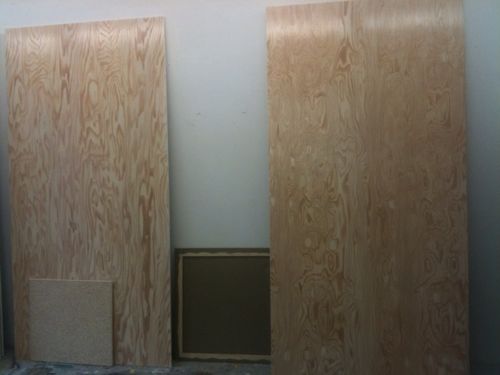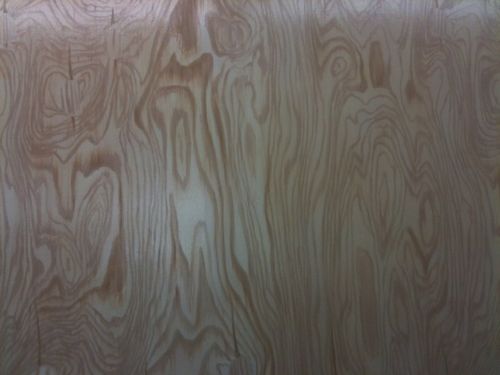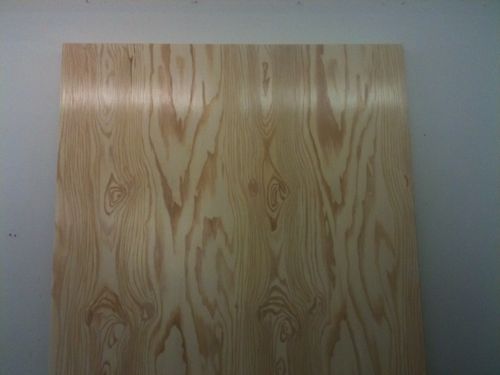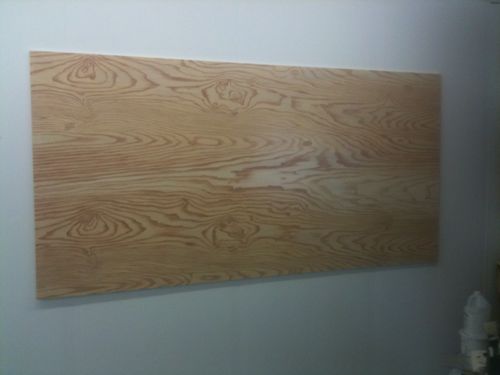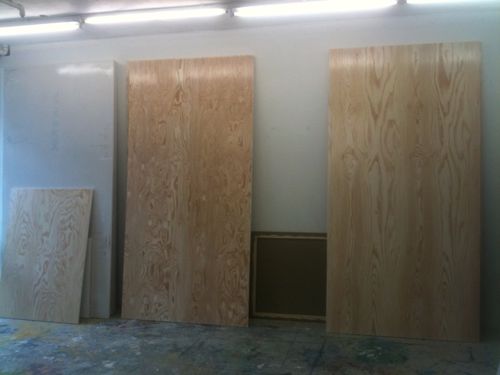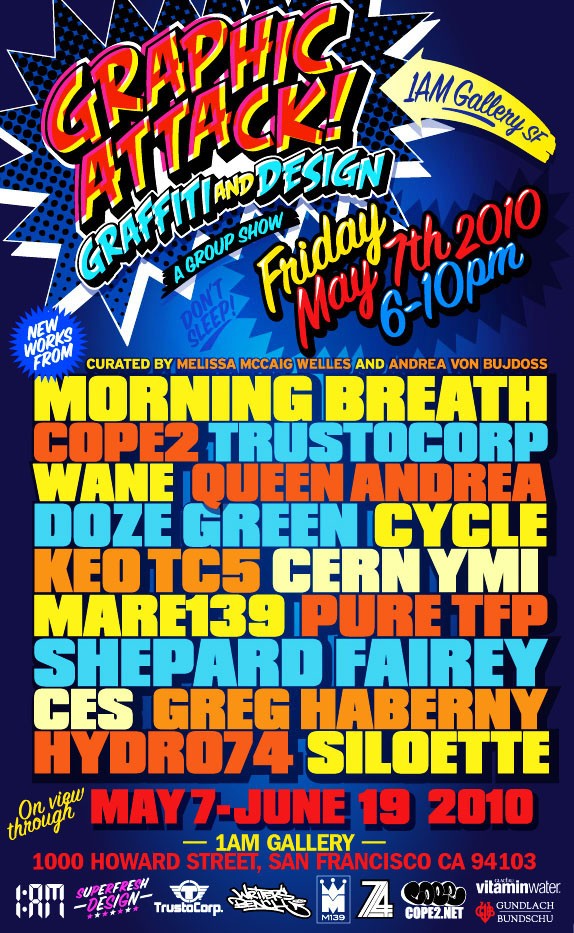
Month: April 2010
Nobuyoshi Araki
Copenhagen Graffiti (Walls) /
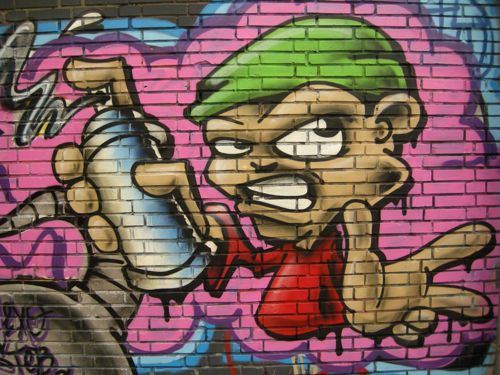

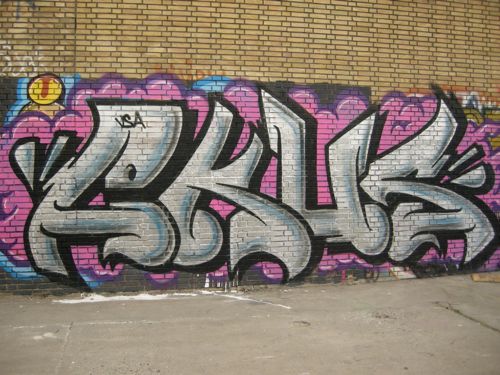
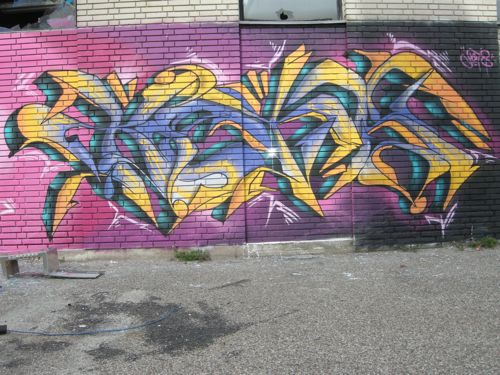
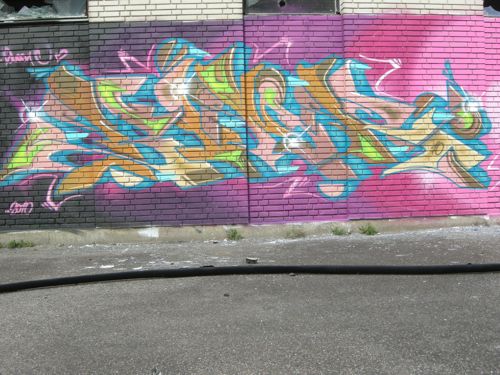
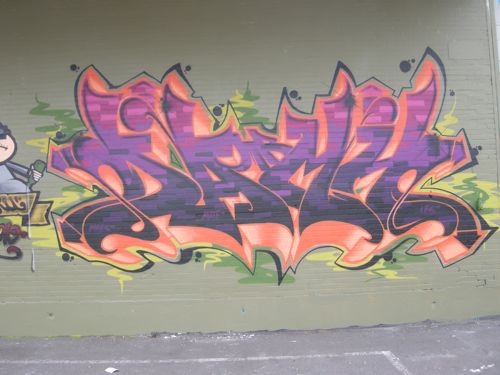
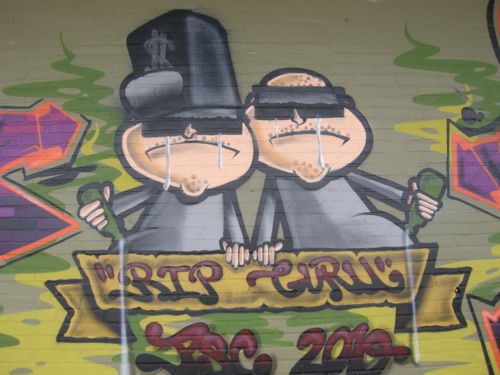
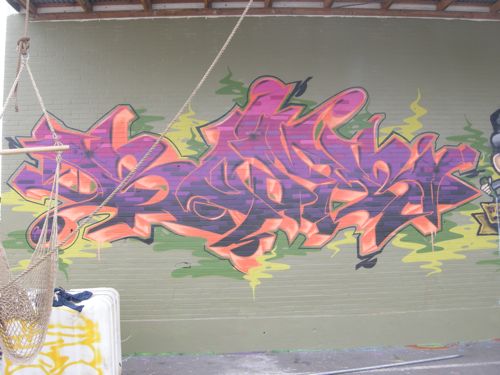
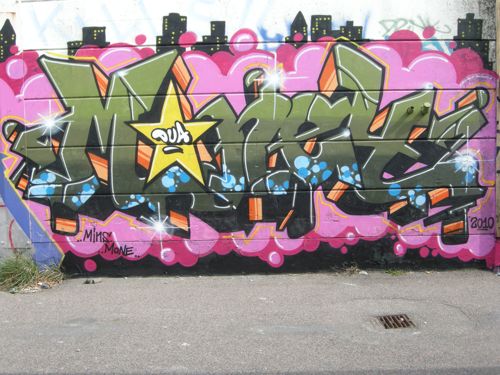
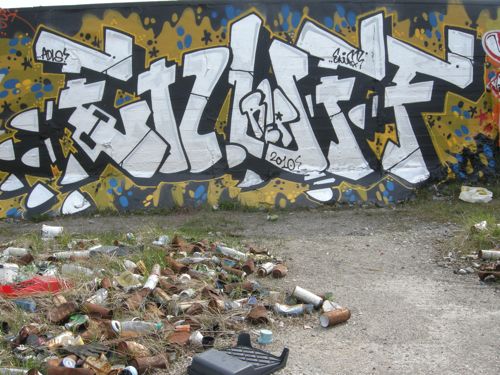
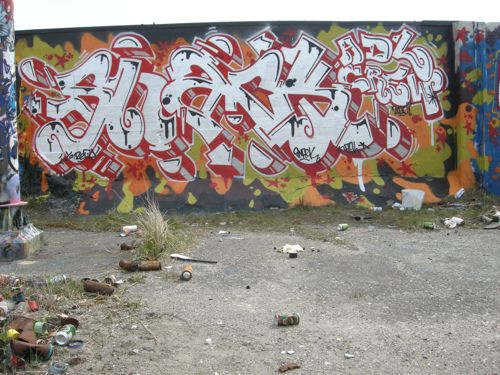
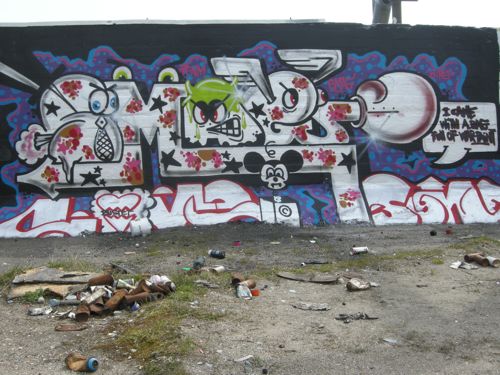
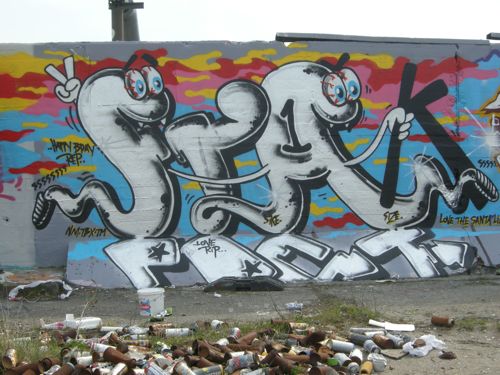
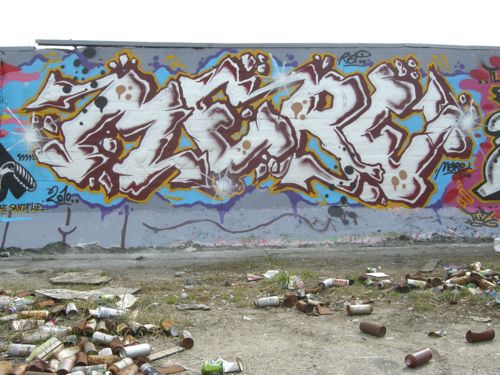
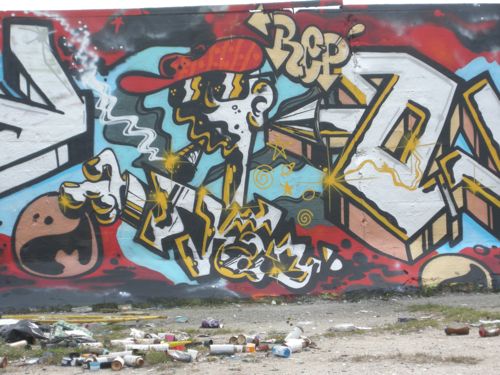
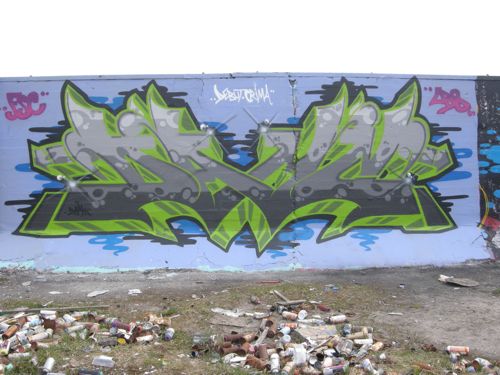
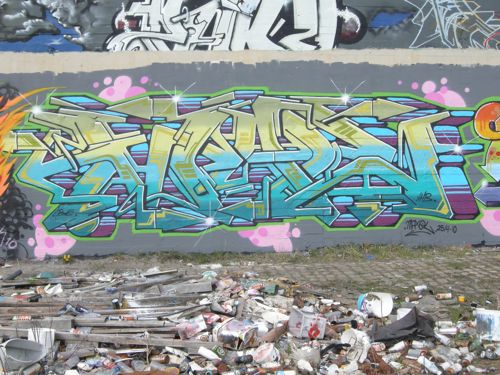
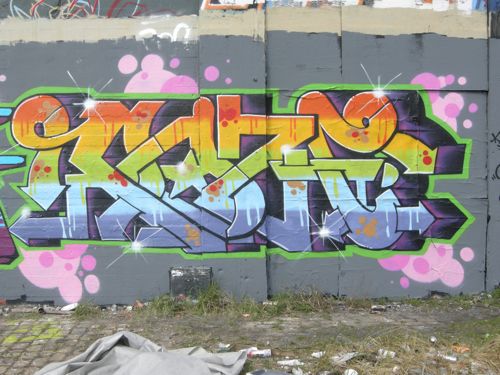
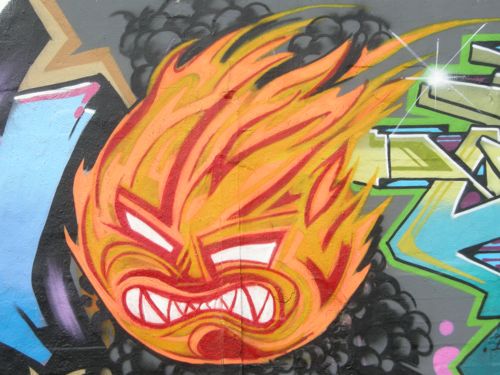
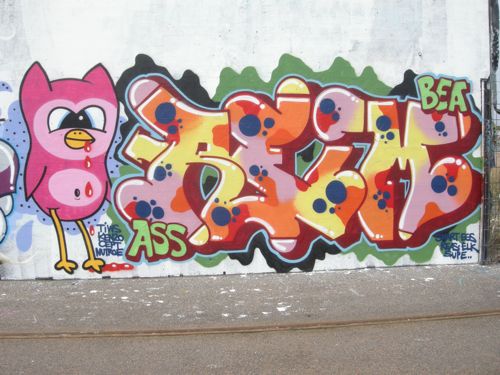
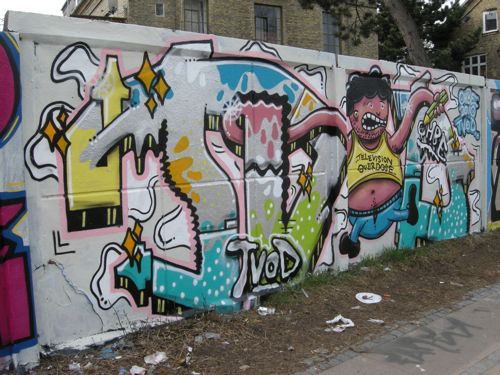
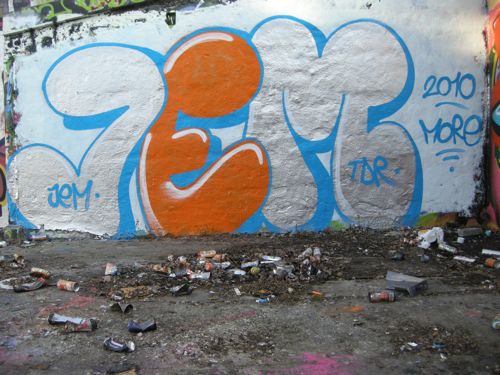
IORI WALLACE
“illuminating Shadows” Kirstine ROEPSTORFF
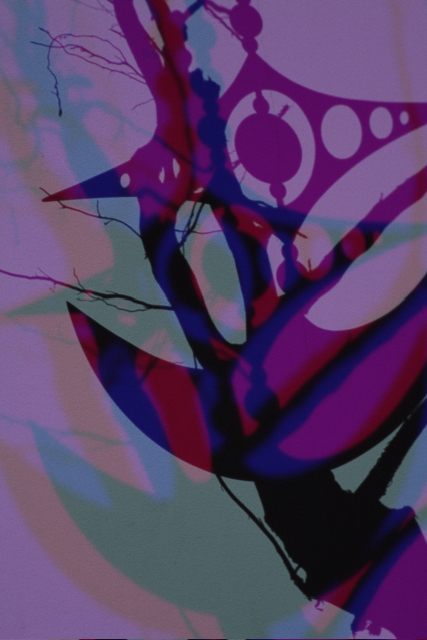
Javier Peres is pleased to announced “Illuminating Shadows,” Kirstine Roepstorff’s fourth solo exhibition with the gallery, at Peres Projects Berlin.
Kirstine Roepstorff’s works have a way of speaking in big terms, which despite their metaphysicality are vibrantly catalogued and defined in the artist’s practice. She can explore the idea of, say, a shadow, applying this – for lack of a better word – paradigm to everything from cultural, national, or personal awareness, honesty, or even the changing seasons, by employing visual metaphors of everything from rocks, forests, sumo wrestlers, storks, newspaper headlines and nude figures. Roepstorff is an appropriation artist, and she rearranges the images we see to say something about reality. But she also rearranges normal conceptual boundaries, and the complex visual collages we see are reflections of this. She talks about her work in terms of energies, honesty, personal shadows, awareness, weight, balance, gardening, or any number of people and animals who have become modern-day archetypes in her complexly coded visual world – a juggler, Balance, a wolf, the Eel of Unfortune, Moment Man, or The In-Between. Things that are normally incomparable, like advertisements for eyewear and images of lynch mobs, are oddly brought into interrelational comparisons that defy logic – akin to asking which is more, 2+2 or wilderness?
This new series of large-scale sculptures and collages represent a selection of works from the artist’s most recent museum exhibition at the Galerie im Taxispalais, Innsbruck, and Stadtgalerie Schwaz – both in Tyrol, Austria. The exhibition was accompanied by a catalogue. The special exhibition concept was prompted by the artist’s first visit to Tyrol and the Haus der Völker in Schwaz, an ethnological museum based on the private collection of Dr. Gert Chesi. By integrating numerous African artworks from the collection into her exhibition, Roepstorff brought ritual objects into dialogue with her own works, causing these objects to be viewed aesthetically, and her own works to be viewed anthropologically.
At the same time, the strong presence of light and shadow is not insignificant. The sculptural works are in large part translucent, and it is only through illumination that many of the layers of images between two translucent pieces of fabric become visible. A shadow is an interesting phenomenon – both present and absent at the same time. For her exhibition at Peres Projects, Roepstorff has not included the African sculptures, and yet their absence is present. Most importantly, with this body of work she has expanded her large range of consumer-grade materials (paper, fabric, glass, jewelry, tinsel, beads, roots, concrete, etc.) to include light and shadow. Now, for the first showing of the works in Berlin, in a gallery, where the atmosphere has been distilled and the power of the works concentrated, this is a show that synthesizes its own thesis. It is the show that lost its shadow.
Dr Lakra at ICA Boston
Copenhagen Graffiti (Walls)
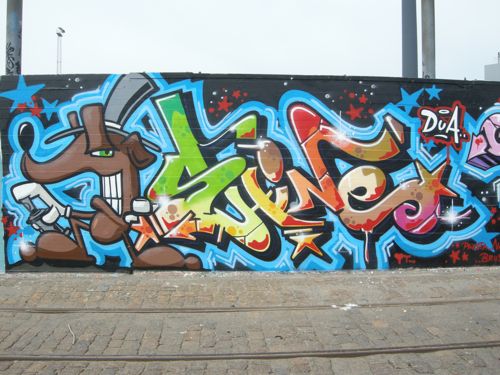

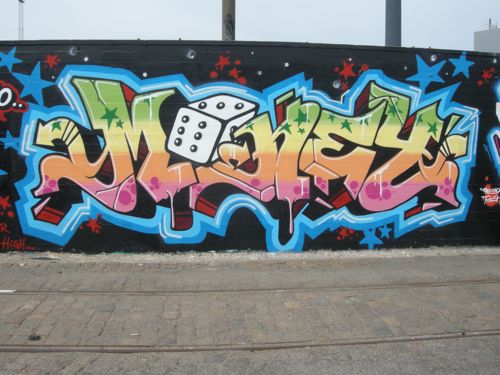

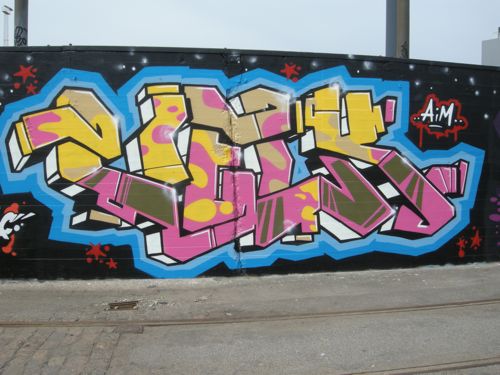
RESEND WORKS – ALBERT MERTZ
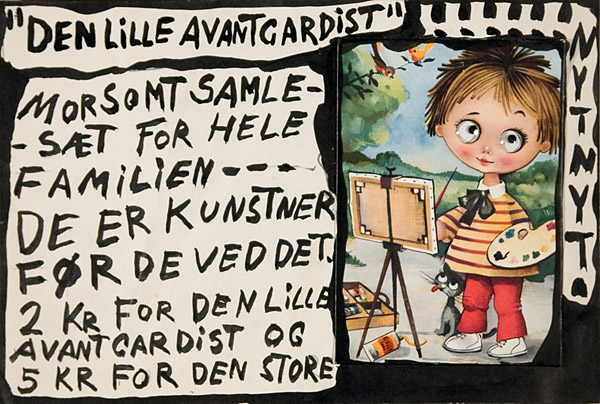
The owner of the gallery, Tom Christoffersen, has purchased 30 collages by the Danish artist Albert Mertz (1920-1990). In the hands of artist Christian Vind this has led to RESEND WORKS, a group exhibition that puts Mertz into play with his past, present and future.
Between 1962 and 1972 Albert Mertz lives in Paris and writes for the art magazine Louisiana Revy. A few years earlier Louisiana – Museum of Modern Art (Humlebaek) begins to show international exhibitions and in Mertz a protagonist for this new art is found. He brings news from the art scene in Paris, discusses art theory and art historical subjects and as a travelling critic he brings on the spot reports from major European exhibitions just as he introduces cutting edge art practices to Danish readers. All his writings are sent home accompanied by his own collages.
The group exhibition RESEND WORKS presents a major collection of these collages, which reflect Albert Mertz’ knowing, provocative, poetical and humorous approach to art and art making. In the curatorial practice of Christian Vind trajectories emanates from the juxtaposition of the collages with Vind’s careful and commenting selection of works by Jes Brinch, Jan S. Hansen, Arthur Köpcke, Storm P, Tal R, Stoffer and Christian Vind.
